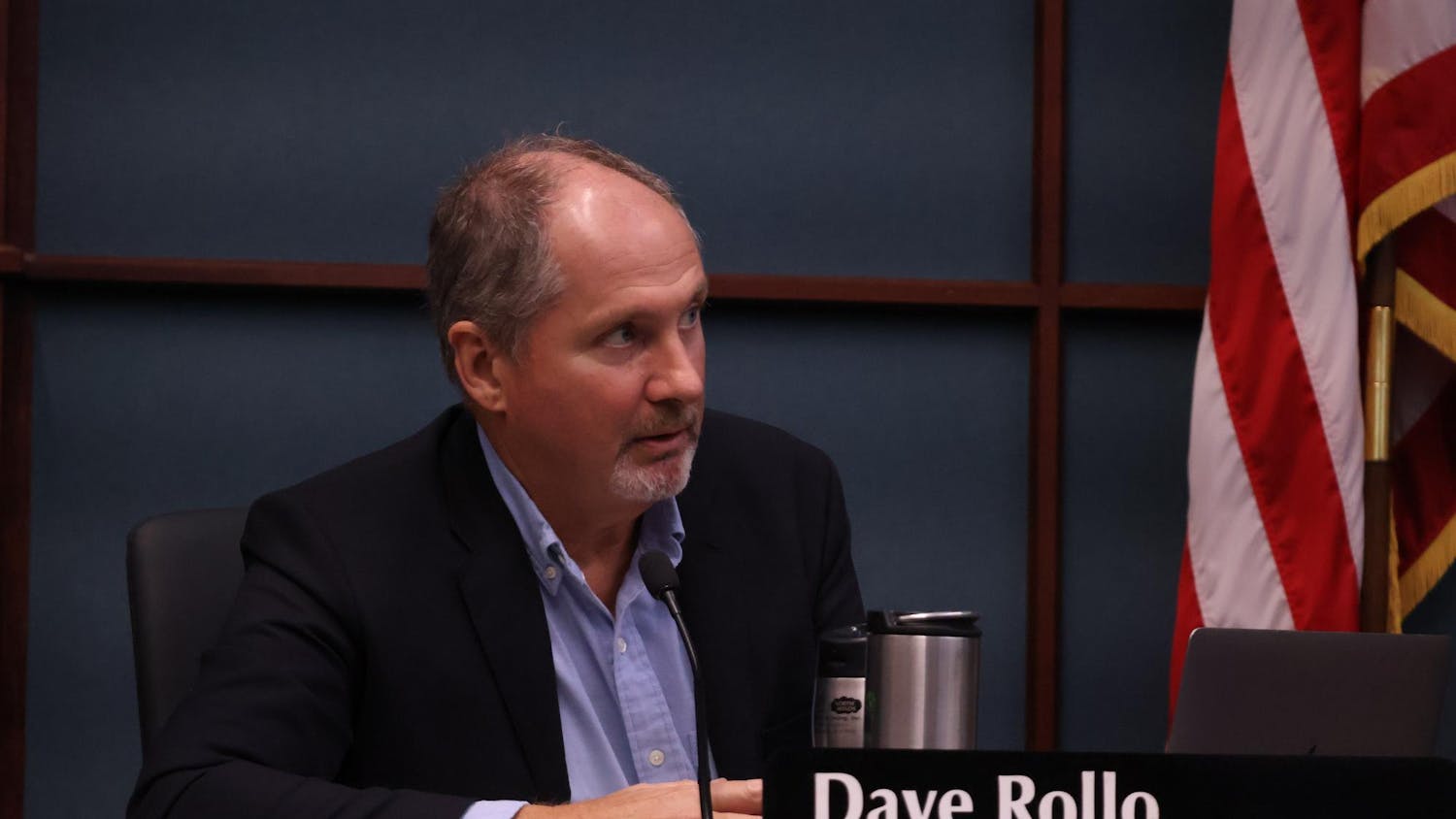CHICAGO -- The hands of the Doomsday Clock, for 55 years a symbol of nuclear danger, were moved two minutes closer to midnight Wednesday, reflecting the possibility of terrorism, relations between India and Pakistan, and other threats. \nThe symbolic clock, kept by the Bulletin of the Atomic Scientists, had been set at 11:51 since 1998. It was moved to 11:53 p.m. \nGeorge A. Lopez, the publication's chairman of the board, said it has never been moved in response to a single event. \nStill, he said, the attacks of Sept. 11 combined with evidence that terrorists were attempting to obtain the materials for a crude nuclear weapon should have served as a wake-up call to the world. He said the world has focused on short-term security rather than solving long-term problems. \n"The international community simply hit the snooze button rather than raising the general alarm," Lopez said. \nHe said such factors as the concern about the security of nuclear weapons materials stockpiled around the world and the crisis between nuclear powers India and Pakistan figured into the decision. \nIt was the 17th time the clock has been reset since its debut in 1947 at the same position it was set to Wednesday-11:53. \nStephen Schwartz, publisher of the Bulletin, said originally the board defined "midnight" as nuclear war. In recent years, however, it has been redefined as the use of nuclear weapons anywhere on earth, he said. \nThe clock is a one-and-a-half-foot-square wooden mock-up in the magazine's office at the University of Chicago. It was started two years after the Bulletin began as a newsletter among scientists of the Manhattan Project -- the top-secret U.S. effort during World War II to develop an atomic bomb. \nIt came closest to midnight -- just two minutes away -- in 1953, after the United States successfully tested the hydrogen bomb. It has been as far away as 17 minutes, set there in 1991 in a wave of post-Cold-War optimism.
Doomsday clock moves closer to midnight
Get stories like this in your inbox
Subscribe



